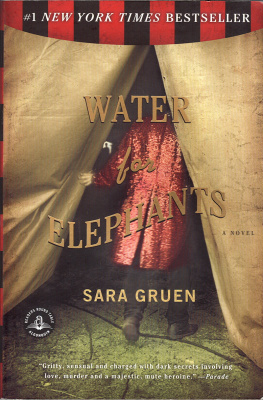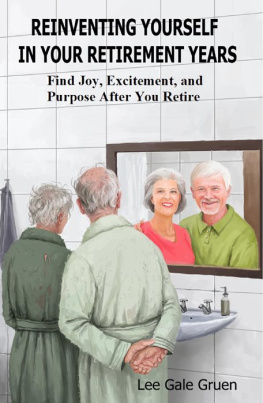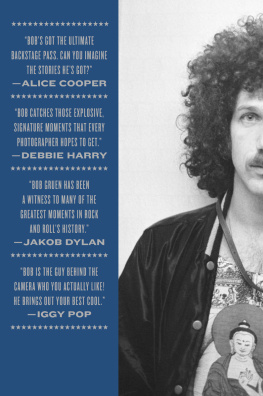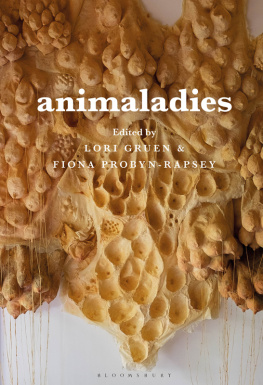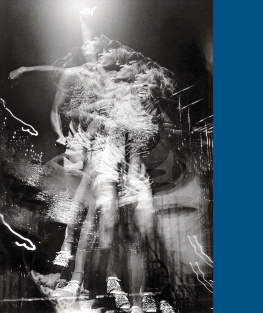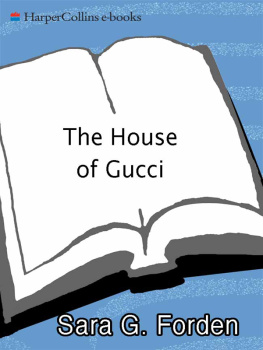Sara Gruen - Ape House
Here you can read online Sara Gruen - Ape House full text of the book (entire story) in english for free. Download pdf and epub, get meaning, cover and reviews about this ebook. year: 2010, publisher: Random House Publishing Group, genre: Art. Description of the work, (preface) as well as reviews are available. Best literature library LitArk.com created for fans of good reading and offers a wide selection of genres:
Romance novel
Science fiction
Adventure
Detective
Science
History
Home and family
Prose
Art
Politics
Computer
Non-fiction
Religion
Business
Children
Humor
Choose a favorite category and find really read worthwhile books. Enjoy immersion in the world of imagination, feel the emotions of the characters or learn something new for yourself, make an fascinating discovery.
- Book:Ape House
- Author:
- Publisher:Random House Publishing Group
- Genre:
- Year:2010
- Rating:5 / 5
- Favourites:Add to favourites
- Your mark:
- 100
- 1
- 2
- 3
- 4
- 5
Ape House : summary, description and annotation
We offer to read an annotation, description, summary or preface (depends on what the author of the book "Ape House " wrote himself). If you haven't found the necessary information about the book — write in the comments, we will try to find it.
Sara Gruen: author's other books
Who wrote Ape House ? Find out the surname, the name of the author of the book and a list of all author's works by series.
Ape House — read online for free the complete book (whole text) full work
Below is the text of the book, divided by pages. System saving the place of the last page read, allows you to conveniently read the book "Ape House " online for free, without having to search again every time where you left off. Put a bookmark, and you can go to the page where you finished reading at any time.
Font size:
Interval:
Bookmark:
So many people helped me with the writing of this book that I am sure I am going to forget some; to anyone whose name is missing, I apologize.
First, and most important, I want to thank the apes at the Great Ape TrustKanzi, Panbanisha, Matata, Nyota, Nathan, Elikya, Maisha, Azy, Knobi, and Alliefor inviting me into their home and allowing me a glimpse into their remarkable world. I also want to thank the humans there, both for facilitating my visit and for answering my many questions as the book progressed: Liz Rubert-Pugh, Sue Savage-Rumbaugh, Tyler Romine, Daniel Musgrave, Susannah Maisel, Heather Taylor, Sharon Mckee, T. J. Kaperbauer, Takashi Yoshida, Beth Dalbey, Bill Fields, and Al Setka.
To Jim Benson and Bill Greaves, the professors at York University who helped prepare me for my visit to the Trust and who never once uttered the words rank lexical relation. Indeed, when I left your office, although I went to the bus stop, what I really wanted to do was head for the enrollment office. The chills I got when I listened to the recording of Kanzi and realized that he was uttering the words bring water were a precursor to the incredible experience that was my real-life conversations with the apes.
To Vanessa Woods, bonobo researcher at Duke University and a regular fixture at the Lola ya Bonobo Sanctuary in the Democratic Republic of the Congo, not just for her help with my questions and access to her gorgeous photographs, but also for her friendship to me and her unflagging devotion to bonobos.
To my writing group: Karen Abbott, Joshilyn Jackson, and Renee Rosen. Your patience, dedication, and astonishing willingness to respond positively to a DEAR (Drop Everything And Read) despite your own deadlines is beyond what anyone could ever reasonably expect. You have provided dailyhourlyfriendship. You have fed me strange martini-like concoctions with obscene names. You have consistently beaten me in poker and then done victory dances. You have listened to me moan, weep, and gnash my teeth, and you have, in multitudes of ways, made this a much better book. You are not just my critique partners, you are my dearest friends.
To Terence Bailey, Catherine DiCairano, Beth Helms, Kathryn Puffett, and the many other people who had a hand in shaping this story, for everything from critiques, pep talks, brainstorming sessions, and providing plausible medical dialoguenot to mention the occasional delivery of confit of fig and balsamic vinegar.
Thanks also to my children, who did not particularly help (and occasionally even hindered) my progress, but whom I thank nonetheless because they are the reason for everything.
To Emma Sweeney, my wonderful agent, and Cindy Spiegel, my amazing editor, for their guidance, support, love, and for helping me find the statue in the rough-hewn rock. I am also deeply indebted to Random House for giving me the support and time I needed to research and write this book.
And finally, to Bob: You are my best friend, my love, my partner in crime. You keep our world going when I cannot do anything but this. When I leap off a cliff, you pull me up by my bungee cord. When Im hopeless, you give me hope. When Im unlovable, you love me anyway. I cant fathom why you put up with me, but Im eternally grateful that you do.
S ARA G RUEN is the author of the #1 bestselling novel Water for Elephants, as well as the bestseller Riding Lessons and Flying Changes. She shares her North Carolina home with her own version of a blended family: a husband, three children, four cats, two dogs, two horses, and a goat. In order to write this novel, Gruen studied linguistics and a system of lexigrams so that she could communicate directly with the bonobos living at the Great Ape Trust in Des Moines, Iowa. She now considers them to be part of her extended family, and, according to the bonobos, the feeling is mutual.
www.saragruen.com
T here was scattered clapping as the mayor took the oversized scissors from the presentation box and cut the ribbon that ran across the open gate. The red satin ends fluttered to the ground as photographers snapped away, including the one from The Atlantic, who had accompanied John. The mayor posed with Isabel, draping an arm around her shoulders and baring his teeth in a camera-ready smile. Celia hovered on the other side of him. He glanced at her, and his lips drooped for the briefest of moments. Then he recovered and put an arm around her as well.
John kept quiet when the other reporters began asking questions because he knew he would have a chance later. He stood off to the side with Gary Hanson, the architect who had designed the new facility, and Nathan Pinegar, whose parents had persuaded the judge in Lizard that helping to build the apes new residence should count toward his community service. He looked happy and fit, his hair even more strikingly verdant than usual. John had a clear vision of Nathan and Celia, up late the night before, dyeing each others hair for the occasion.
Dr. Duncan, is it safe to say youre satisfied with the amount of the settlement?
Isabel looked briefly over her shoulder, toward the thirty acres of Maui mountain property protected by a double fence. She turned back to the cameras. From the gleam in her eye and her tightly closed lips, John could tell she was trying to contain herself. She looked at the ground and cleared her throat. The terms of the agreement prohibit my saying anything about the amount of the settlement, she said, but the bonobos and I would like to express our eternal gratitude to the San Diego Zoo for their generous hospitality during the time it took for our new home to be built. I also want to thank Gary Hanson and his firm for donating their services to us, and for designing the most ape-friendly habitat Ive ever seen outside of a jungle. She searched the crowd. For a brief moment, John thought she was seeking him. When her eyes landed on Gary, she finally allowed herself to smile, broadly and openly.
Can you tell us more about your plans for the Great Ape Language Project?
Were in the process of vetting the best scientists in the field, and are committed to continuing our work on language acquisition and cognition in the tradition begun by the late Richard Hughes, who believed its our duty to provide great apes with dignity, autonomy, and the quality of life they so obviously deserve.
The press release mentioned your collaboration with the Childrens Clinical Language Center in Boston. Can you expand on that?
There is strong evidence that nonverbal children benefit greatly by using alternative methods of expressing themselves, such as signing, and using lexigrams. We are sharing our data with the CCLC, and are excited about potential advances in this field.
What are your feelings on the pending criminal trials?
I think people are innocent until proven guilty, and I have every confidence that justice will be served. Her eyes swept the crowd, smiling and making eye contact. Thank you so much for coming. She folded her cheat sheets in half, slid them into her pocket, and motioned the inner circleCelia, Nathan, Gary, John, and his photographer, Philippeto follow her. The uniformed security guard shut the gate behind them, and the crowd outside began to disperse.
Isabel led the group down a dirt road that wound between swaying tropical trees and bushes with flowers so overwhelmingly fragrant they smelled like fruit on the verge of going off.
John fell into stride beside her. Her hair had grown enough that he could no longer see the scar. It would be years before it would swing against her back again, but her face was delicate and pretty, and the look suited her.
I hear you were in the Congo, she said. At the Lola ya Bonobo sanctuary.
Font size:
Interval:
Bookmark:
Similar books «Ape House »
Look at similar books to Ape House . We have selected literature similar in name and meaning in the hope of providing readers with more options to find new, interesting, not yet read works.
Discussion, reviews of the book Ape House and just readers' own opinions. Leave your comments, write what you think about the work, its meaning or the main characters. Specify what exactly you liked and what you didn't like, and why you think so.


